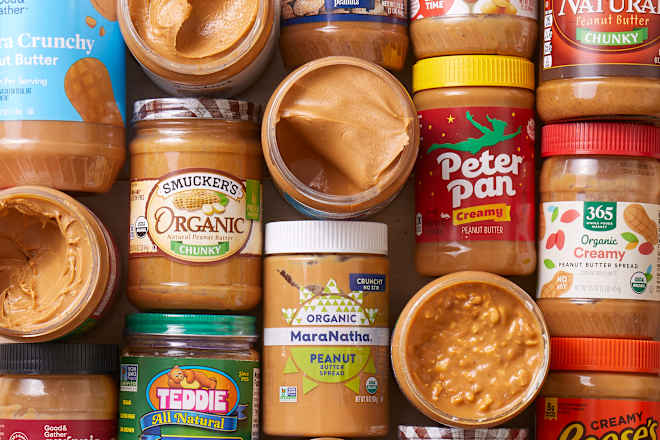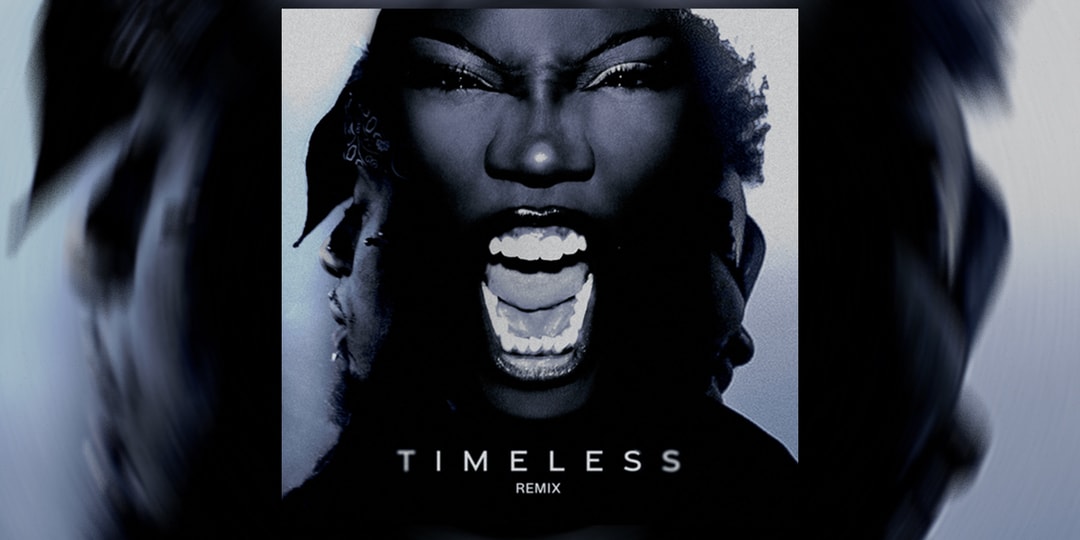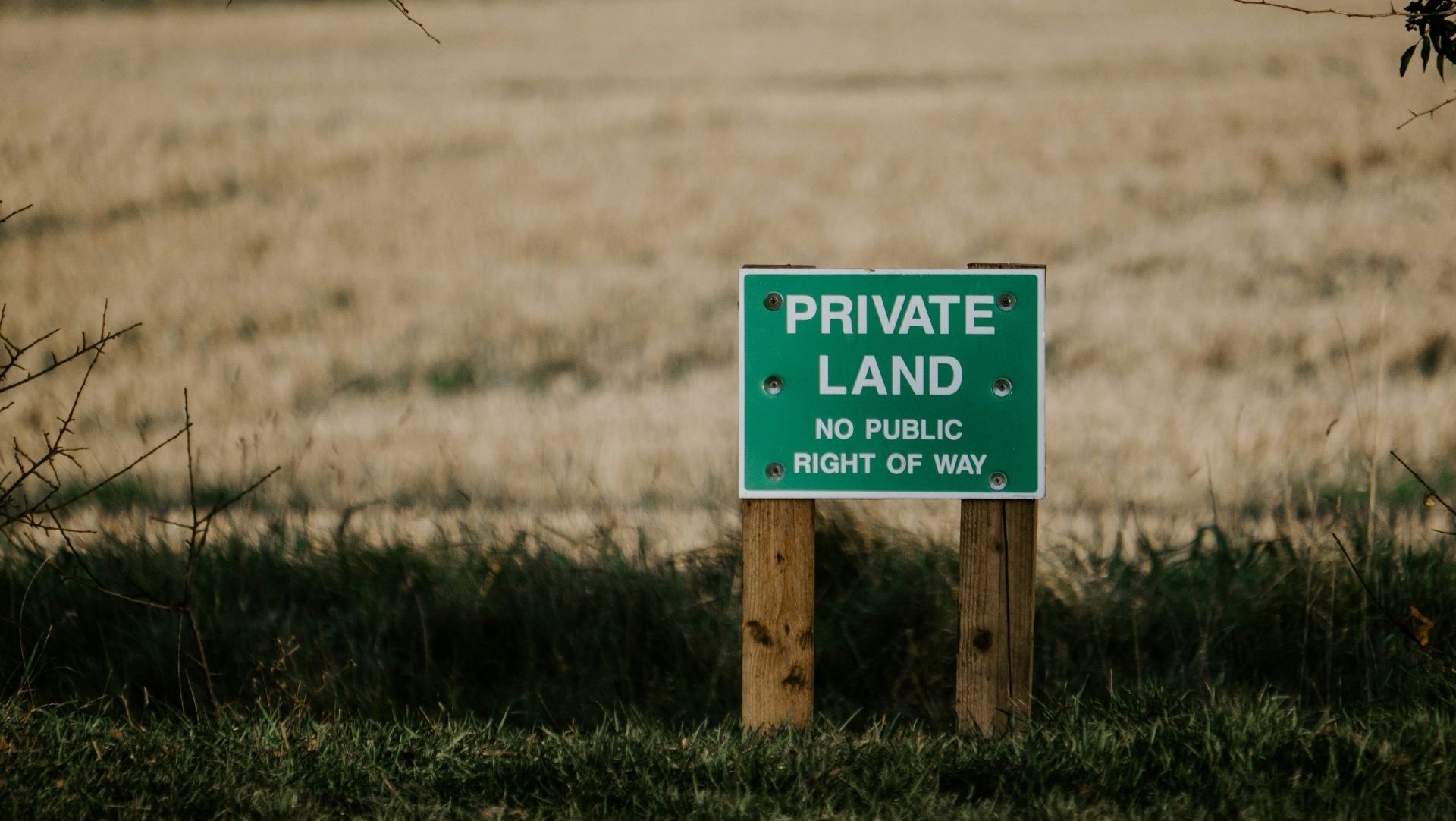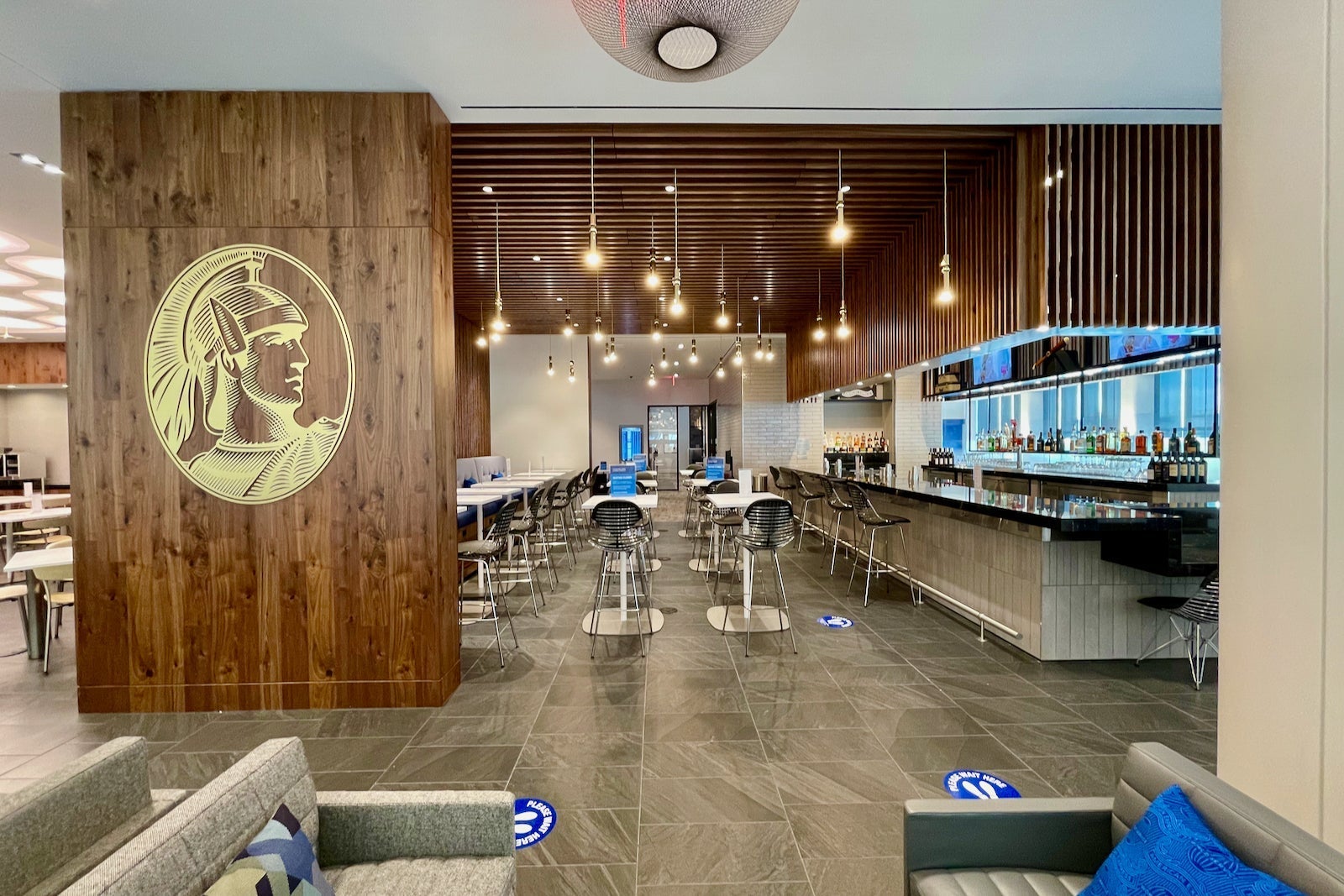How diversifying my rewards helped me book a vacation to the UK and Ireland on points and miles — and how you can, too
My husband and I recently planned a trip to the U.K. and Ireland on points and miles. We wanted to visit a friend in London for a few days, then hop over to Ireland and hike the Wicklow Mountains. Having a diversified rewards strategy was crucial in finding the best flights and lodging in our …

My husband and I recently planned a trip to the U.K. and Ireland on points and miles. We wanted to visit a friend in London for a few days, then hop over to Ireland and hike the Wicklow Mountains.
Having a diversified rewards strategy was crucial in finding the best flights and lodging in our destinations, and it helped us save thousands of points and miles. Here’s how we used several different transferable currencies and credit card travel perks to book one trip — and how you can diversify your own rewards strategy.
Related: Reader success story: How this couple toured 3 European countries using points and miles
Booking flights with United miles and Capital One miles
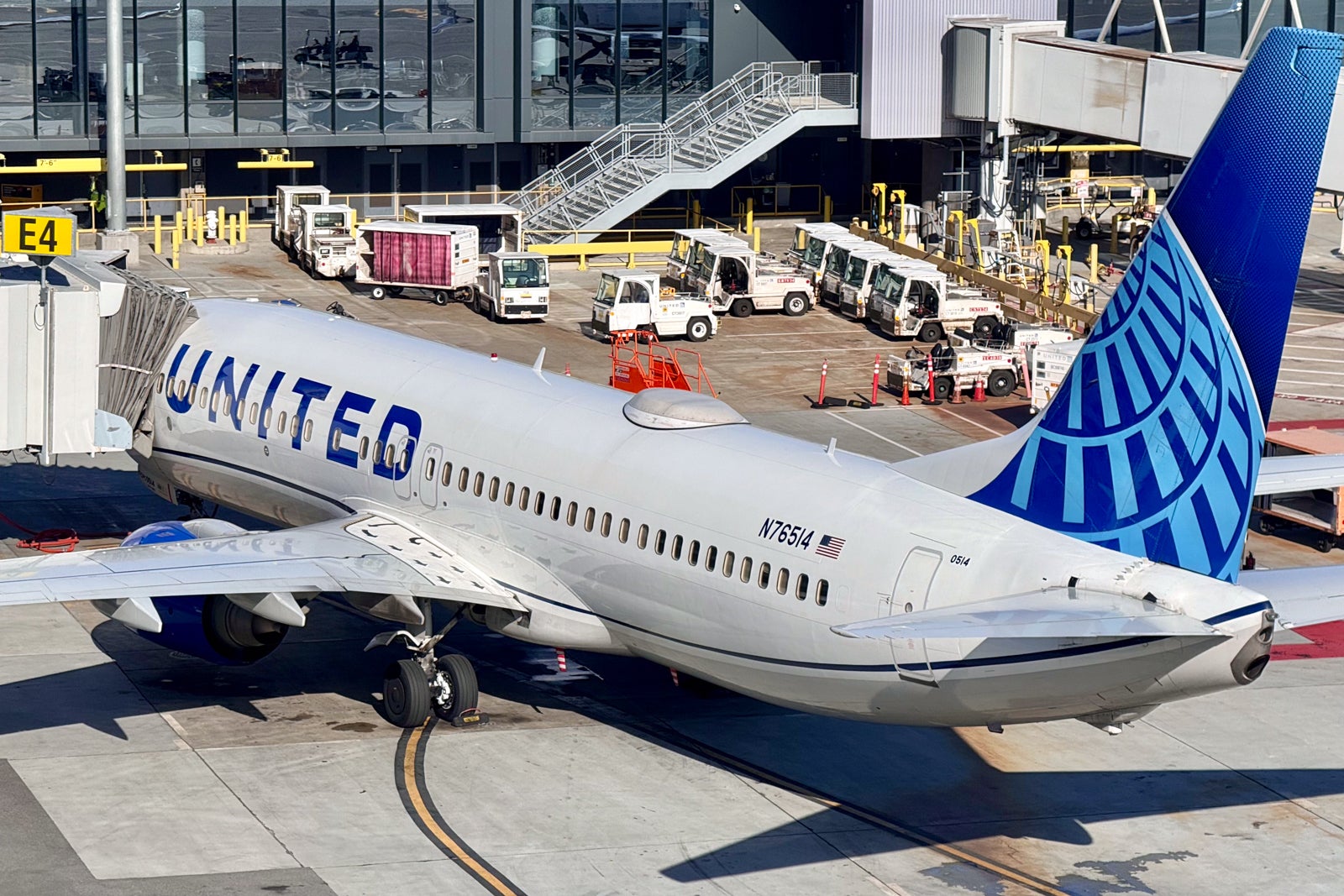
My husband has two United credit cards, so we had plenty of United MileagePlus miles stockpiled. My first thought was to use United’s Excursionist Perk to fly from Denver (our home base) to London, then London to Dublin, and finally Dublin back to Denver. We would pay for the first and third legs in miles, but the middle leg would be free.
Unfortunately, logistics threw a wrench in this plan. At the time, United didn’t offer any direct flights from London to Dublin. We would have had to connect through Frankfurt on Lufthansa, spending nearly five hours on a mere 280-mile flight. For the cost of the Excursionist ticket — 80,000 United miles per person round-trip — it just wasn’t worth it.
We ended up getting a much better deal by cobbling together individual flight segments on multiple airlines.
For Denver to London, we booked United tickets for 35,000 miles per person. My husband will get 5,000 miles back after the flight thanks to his United Quest℠ Card (see rates and fees), which will also provide free checked bags for both of us.
Then, we could fly from London to Dublin and Dublin to Denver for a total of roughly 20,000 Avios per person on Aer Lingus. The only problem? We never fly any of the five airlines that use Avios, so between us we had exactly zero Avios in our accounts.
Transferable credit card points came to our rescue. I transferred 40,000 Capital One miles to British Airways, then booked the Aer Lingus flights through BA’s website for the same price.
In total, we spent 105,000 points and miles (plus $416 in taxes and fees) on round-trip flights for two people — compared to the 160,000 we would have spent with the United Excursionist Perk. Having transferable credit card points saved us a whopping 55,000 points, which we can put toward our next trip.
Related: Best ways to redeem British Airways Avios: From flights to Hawaii to island hopping in the Caribbean
Booking hotels with Chase points and Capital One travel credits

Having gotten our flights for mostly free, I was happy to pay cash for a reasonably priced hotel in London — but, as it turns out, nothing in London is reasonably priced. (At least, not in the central area near my friend’s apartment.) It would have cost us well over $1,000 for a four-night stay, even at the cheapest Airbnb.
Alternatively, I could book the Great Scotland Yard Hotel, a category-6 Hyatt property in the heart of London, for only 25,000 World of Hyatt points per night on our dates. And since World of Hyatt waives taxes and fees on award stays, I would pay nothing out of pocket. Cash rates during my stay averaged around 480 British pounds ($637) including taxes and fees, so I got a solid value of 2.5 cents per point.
Since I rarely stay at major hotel chains, I only had a few hundred Hyatt points saved up. I transferred the 100,000 points I needed from my Chase Ultimate Rewards account, and the first half of our trip was squared away.
Finding lodging in Ireland on points and miles was a little trickier. We wanted to drive into the Wicklow Mountains, about an hour and a half outside Dublin, and do some hiking. But there aren’t any points hotels in that area, just small, family-owned B&Bs and inns — which, in my opinion, is part of the Emerald Isle experience.
I found a cute B&B in the town of Rathdrum on the Capital One Travel portal for $244 total, and a two-day car rental for $60. Because I used my Capital One Venture X Rewards Credit Card to pay for both, the cost was mostly covered by the card’s annual $300 travel credit. The two-day hiking trip set me back a grand total of $4.
Related: The best cheap (or absolutely free) things to do in London
How to diversify your rewards

All told, my husband and I spent 205,000 points and miles plus $420 for our week-long vacation. Having a variety of transferable currencies and credit card perks at our disposal helped us book the trip for mostly free and take advantage of the best rates.
Here are some tips for planning your own diversified rewards strategy.
Earn transferable points
For points and miles beginners, the fastest shortcut to diversification is holding a card that earns transferable rewards. This opens you up to airline and hotel travel partners that you may have never flown or stayed with before.
When choosing your first card, consider which program’s travel partners are most useful to you. Later, you may want to explore additional programs with transfer partners that complement the first one.
For example, I started out collecting Capital One miles, which I found useful for booking Air France-KLM Flying Blue award tickets. I later added Chase Ultimate Rewards, which transfer to several airline and hotel programs that don’t partner with Capital One, like United MileagePlus and World of Hyatt. Now, I’m finally dipping my toe into the world of Amex Membership Rewards (I just got approved for the American Express® Gold Card), which offers additional transfer partners like Delta.
Related: How I’m planning my transferable points strategy this year and how you can, too
Get cards that complement each other
You should also consider credit card perks when planning your diversification strategy. If you already hold a card that gives you lounge access, it’s probably not worth paying the high annual fee on another card with lounge access. But a card with travel credits or other benefits that you don’t already have could be worthwhile.
The same goes for credit card earning structures. Holding multiple cards that earn bonus points in different categories will allow you to maximize your earnings across all purchases.
For instance, I love my Chase Sapphire Preferred® Card (see rates and fees) because it gives me complimentary DoorDash DashPass and earns 3 points per dollar on dining. But my Venture X earns unlimited 2 miles per dollar on everything, which is great for non-bonus spending like online shopping and pet expenses. Plus, the Venture X gives me Capital One lounge access in my home airport, Denver International Airport (DEN). The two cards complement each other.
Related: Better together: The ultimate guide to the best credit card combinations
Use two-player mode
If you have a partner or a trusted friend you often travel with, you can create a diversified rewards strategy together.
For example, my husband and I have a handful of cobranded credit cards that complement each other. I have the World of Hyatt Credit Card (see rates and fees) and Southwest Rapid Rewards® Priority Credit Card (see rates and fees), and I book our travel when we stay at Hyatt properties or fly Southwest (that is, until Southwest betrayed me). My husband, on the other hand, has two United cards and a Marriott card, so he focuses on those two loyalty programs.
Plus, we both earn valuable Chase points with the Chase Sapphire Preferred and Chase Freedom Flex® (see rates and fees), which we can transfer at a 1:1 ratio to all of the above programs.
Related: Credit card strategies for couples: 2-player mode
Bottom line
Diversifying your rewards is a great way to widen your travel options and save valuable points and miles for future redemptions.
That said, diversifying too much too fast can feel overwhelming to points and miles beginners. Plus, if you spread yourself too thin, you may not earn enough points in any one area to redeem them for the trip you want.
Take it at your own pace, and remember there are some benefits to doubling down on one loyalty program.










































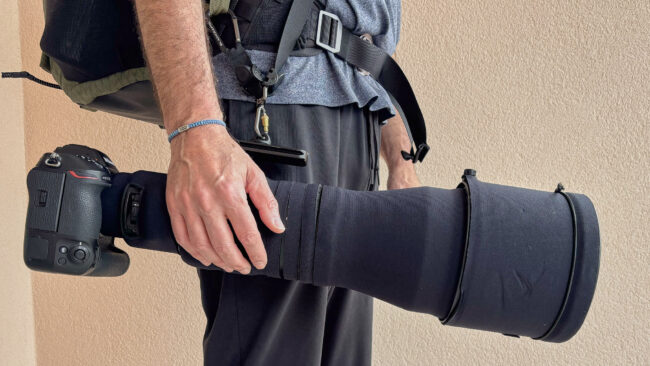












































.jpg?width=1920&height=1920&fit=bounds&quality=70&format=jpg&auto=webp#)

















